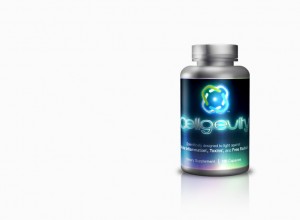Antioxidants are our body’s primary protection against the harm triggered by free radicals which contribute to many chronic inflammatory and degenerative problems. Oxy radicals are the root cause of premature aging. Among all the antioxidants, a group of five are acknowledged as Network Antioxidants. This group of both fat and water soluble antioxidants work together to assist your cells and do the job together to support each other.
How Network Antioxidants work
When an antioxidant passes an electron to correct or repair a free radical, it actually becomes one, but a benign one without the capacity to continue the chain reaction. Unfortunately, when they become oxidized, antioxidants can no longer perform effectively. But, what is unique about the network antioxidants is that are able to regenerate each other and carry on the cycle of searching out and repairing free radicals.
Even though they do the job together, the network antioxidants fulfill diverse jobs. The fat soluble ones, namely CoQ-10 and Vitamin E protect the fatty cell wall and the cell mitochondria, while the water soluble antioxidants, Glutathione and Vitamin C protect the center of the cell. ALA – Alpha Lipoic Acid is unique in that it is both fat and water soluble.
Vitamin C is the link which joins the fat soluble and water soluble antioxidants in the network and is primarily responsible for rejuvenating Vitamin E when it becomes oxidized.
Vitamin E is closely aligned with heart disease prevention, because it’s the only antioxidant that can reach fatty parts of the cell that are not reachable to the rest of the network. It’s actually not a single compound but is instead a group of fat soluble alcohols.
CoQ-10 or CoEnzyme Q-10 is present in all your cells, where it is concentrated in the mitochondria, the component of your cell that creates energy. Mitochondria are susceptible to free radical injury which has been evidenced as a loss of energy as we age. Additionally, CoQ-10 contributes in the regeneration of Vitamins C, E and Glutathione.
Glutathione, popularly recognized as the Body’s Master antioxidant is continuall circulating through your cells, repairing your immune cells and cleansing cellular waste from your body. It supports the rejuvenation of all of the remaining network antioxidants. Raising your glutathione levels helps protect you from various inflammatory conditions, autoimmune diseases, chronic fatigue syndrome, asthma and others.
Alpha Lipoic Acid is unique amongst the Network Antioxidants in that it is both fat and water soluable and can help both the fatty membrane and water based interior of your cells. It is also uniquely capable of repairing itself and notably can regenerate the other network antioxidants including glutathione. It helps to avert muscle damage during tough workouts.
Like glutathione and CoEnzyme Q-10, ALA is created by your body, but the production capacity declines substantially as we age.
